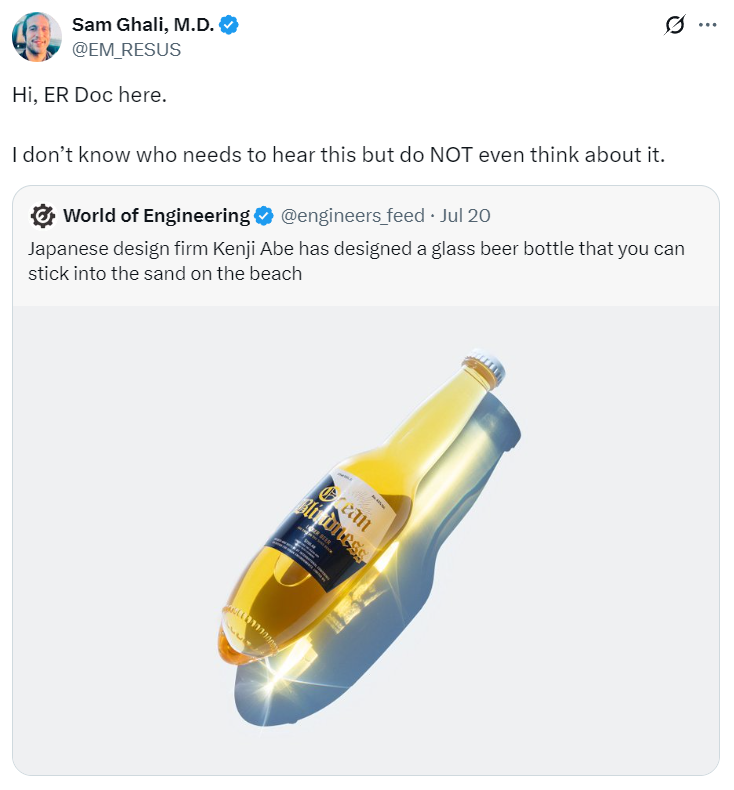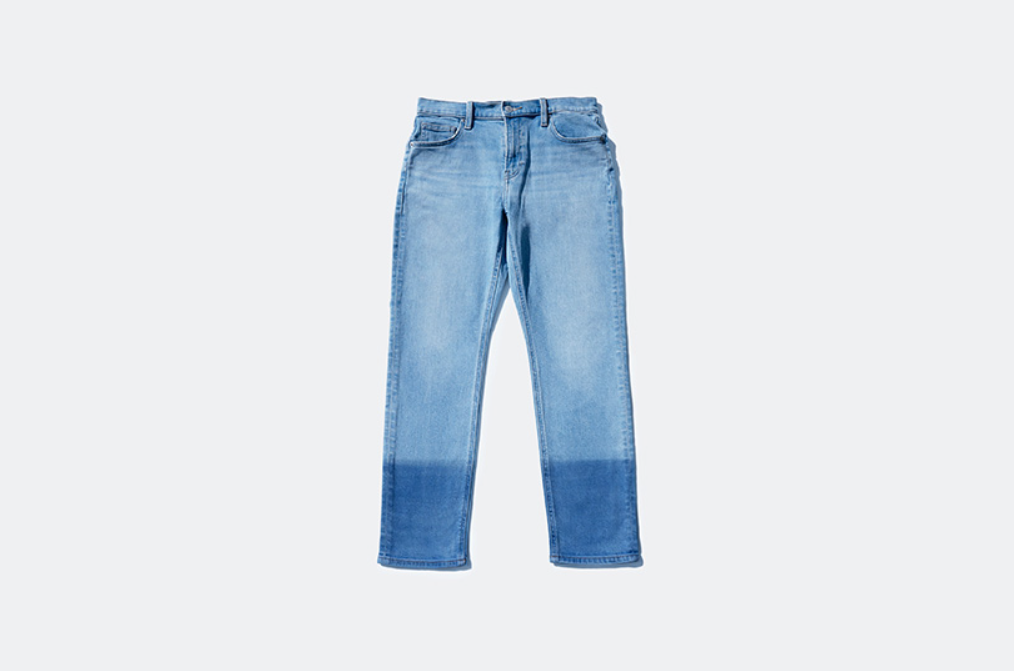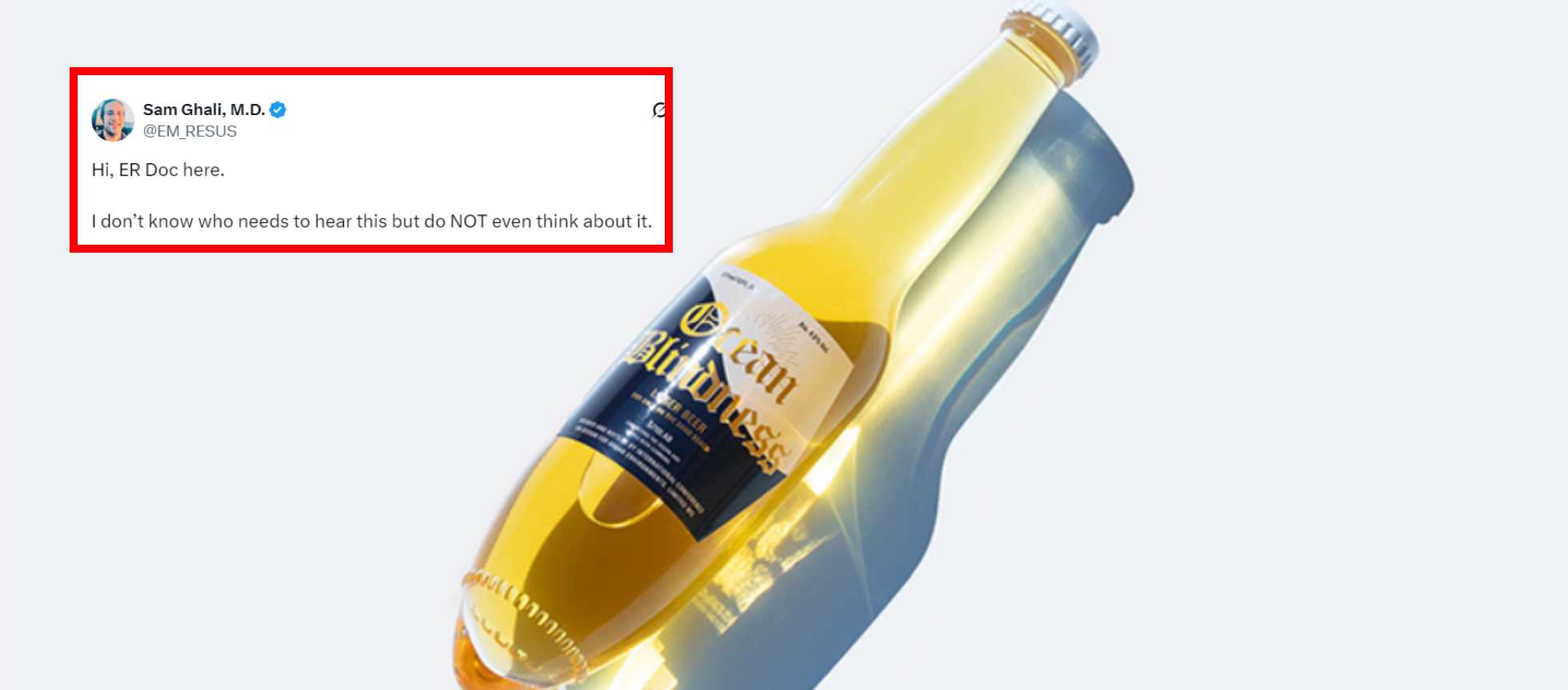When emergency room physician Dr. Sam Ghali encountered news about a uniquely designed glass bottle created by Japanese design firm Kenji Abe, his immediate reaction was swift and unambiguous on social media: “I don’t know who needs to hear this but do NOT even think about it.”

The bottle in question represents an innovative approach to beach-friendly design. Kenji Abe’s creation features a distinctive tapering end that allows the glass container to be securely planted in sand, eliminating the need for tables or flat surfaces during seaside relaxation. The designer explained his inspiration, noting that “bringing a table to the sandy beach is challenging, and it is difficult to find a flat surface to place your bottle.”
Part of a larger collection titled “The product with a sentiment for the ocean,” the rounded glass bottle was exhibited at the 2nd International Conference on Design for Ocean Environments at Tokyo’s AXIS Gallery in Roppongi. Abe’s series aims to “foster a desirable relationship between humans and the natural and marine environments” while nurturing support for sustainability.
However, Dr. Ghali’s medical expertise immediately flagged potential dangers that the designer likely never anticipated. His warning reflects the unfortunate reality that emergency departments regularly treat patients who have inserted various objects into body cavities, often with serious medical consequences.
The concern stems from the bottle’s tapered design, which bears an unfortunate resemblance to items that have previously caused medical emergencies. Social media users quickly picked up on these implications, with one commenter noting they initially thought the bottle “would make a good club” before reconsidering other potential misuses.
Healthcare workers responding to Dr. Ghali’s warning shared their own experiences. One emergency room professional commented, “You know exactly what will happen with this… and unfortunately for me they will always come in well after Midnight.” Another healthcare provider referenced how a colleague “scarred me with all the things people do” with everyday objects.
The designer’s intention was purely artistic and functional. Abe envisioned the bottle as part of a contemplative beach experience, allowing users to enjoy seaside moments without practical limitations. His broader collection includes items like curved rulers representing Earth’s radius and specially designed jeans that evoke walking along shorelines.

Unfortunately, the medical community’s concerns highlight how even well-intentioned design innovations can be misappropriated in dangerous ways. Emergency departments regularly treat cases involving foreign object insertion, often requiring complex surgical procedures and extended recovery periods.
For beachgoers seeking practical solutions for seaside refreshment, conventional bottle holders and beach accessories still remain the safest options.


